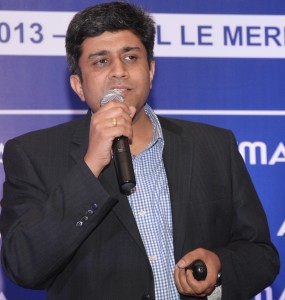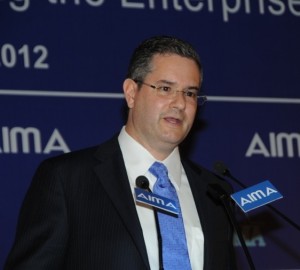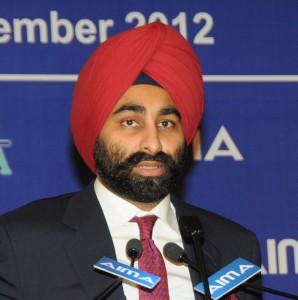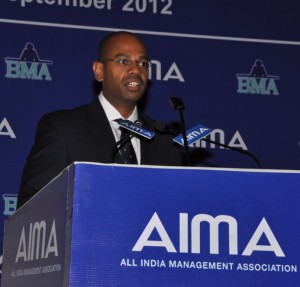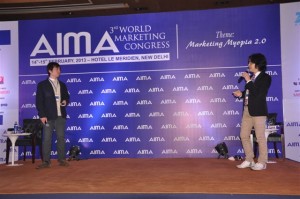
Koichiro Shima – Co-Chief Executive Officer, Creative Director, Editor Hakuhodo Kettle, Japan & Yasuharu Sasaki – Executive Creative Director – Dentsu New York
In this new era Japanese agencies have created many successful digital advertising campaigns along with some campaigns which should not have been launched as they followed the policy of copy & paste from the successful campaigns. These unsuccessful campaigns were myopic and only focused on results and damaged the digital advertising field. So, here are some of our tips for a successful digital marketing campaign.
Digital is not a medium to express but it is the tool that we should use to integrate the diverse marketing media of business.
Here are two examples:
- We launched a successful digital campaign on internet where we asked people to join this campaign on internet and we shot a TVC for same featuring actual people.
- Just after tsunami in Japan we launched a campaign in collaboration with Honda where we provided information about road condition of areas affected by tsunami to people free of charge to make rescue and reconstruction much quicker. Continue reading





